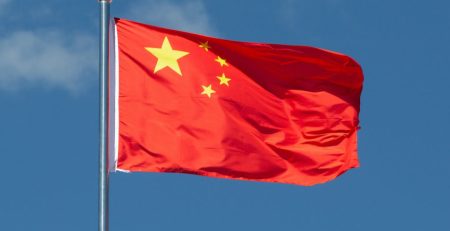INTA publishes a report on the implementation of China’s revised Trademark Law
The International Trademark Association’s (INTA) trademark office practices committee’s China subcommittee has released a report on the implementation of China’s revised Trademark Law. It gives crucial insights into the speed and nature of intellectual property rights protection in China since the fourth amendment to the law took effect in 2019.
The four-section study took subcommittee members two years to complete and is based on an examination of comments supplied by 100 INTA members – brand owners and practitioners – in China and across the world who replied to a survey carried out by the subcommittee. The paper focuses on the fourth amendment’s primary policy changes, which are as follows:
- trademark agency discipline;
- increased penalties for IP infringement;
- trademark squatting; and
- trademark warehousing.
Trademark agency discipline
According to the research, the new legislation, as well as other administrative laws and guidelines, more closely monitor trademark agencies, which are key stakeholders in the trademark ecosystem. On the one hand, respondents think that the fourth amendment’s stronger control of agencies is both essential and beneficial. On the other hand, they were concerned about overly stringent regulations such as:
- the circumstances in which agencies are held contributorily negligent and therefore liable for alleged bad-faith filings; and
- to what extent supervisory authorities, including local administrations for market regulations, can regulate trademark agencies.
Raised penalties for intellectual property infringement
Furthermore, while the modified law increases the statutory damages from 3 million yuan (about $470,000) to 5 million yuan (approximately $780,000), respondents felt that more may be done. Moreover half (52.6 percent) feel the effect on compensation levels of the court’s post-amended statute judgments is “average.” Nonetheless, there has been a significant increase in court cases upholding punitive penalties since then, and the Supreme People’s Court and the Beijing High Court have given judicial advice on punitive damages computation methodologies.
Trademark squatting
In terms of trademark squatting, survey respondents were largely confident that the new law will lead to a reduction in bad-faith submissions.
Despite the fact that squatters are getting more creative in how they hide their traces, making investigation and evidence collecting more difficult for brand owners, the report finds that success rates in opposition and invalidation cases have dramatically improved in recent years. Notably, there has been a rise in situations where the fines are identical to or almost equal to those legally permitted since early 2021.
Trademark warehousing
The report’s most significant result is that the new legislation and the matching clauses have provided substantial instruments to combat trademark warehousing. This is demonstrated by evidence that the top trademark filers have exhibited a real interest in commercializing their marks.
Although trademark warehousing and rising trademark filings in China – up from 7.5 million in 2019 to 9.3 million in 2020 – are not inherently or causally related, it remains to be seen whether efforts to curb trademark warehousing will continue to act as a strong deterrent to the proliferation of trademark filings in the future.
The report gives a summary of legislative changes, analyses, and comments on survey data, and makes conclusions based on court decisions and local enforcement penalty records.
It also provides practical advice to help brand owners and practitioners throughout the world manage China’s IP system. The study, which represents a watershed moment ineffective committee advocacy, will aid INTA’s policy work on future modifications to China’s Trademark Law.
***Other Articles***
– You could see How To Register Trademark in China here.
– You could visit here to see Procedure of Trademark in China.
– You could visit here to check Required documents of filing trademark in China.
Contact AAA IPRIGHT: Email: [email protected]
Or sending your inquiry by filling the form:











